After it became his way of life he always said he was born to race, yet the circumstances in his formative years forced Mario Andretti to take an exceedingly circuitous route to get where he wanted to go. Mario and his twin brother Aldo were born on February 28, 1940, with World War II raging all around their birthplace of Montona, a town near the Italian port city of Trieste. The brothers' first seven years were spent in a camp for displaced persons, where the Andretti family endured exceedingly crowded conditions and severe food shortages. When the war ended and their part of Italy was handed over to the Communists and became part of what was then Yugoslavia, the Andrettis moved to Lucca, where young Mario first became aware of the sport that was to become his all-consuming passion.
With his brother he cycled from home to watch in wonder that portion near Lucca of the famous Mille Miglia road race that sent sports cars hurtling a thousand miles through the Italian landscape. But what really captured Mario's imagination was a visit to the 1954 Italian Grand Prix at Monza, where he was transfixed by the sights and sounds of the exotic Lancia, Maserati and Ferrari Formula One cars and held spellbound by the heroic exploits of such drivers as Juan Manuel Fangio and Alberto Ascari. It was the latter who became Mario's idol and though he was distraught when Italy's great champion was killed at Monza in 1955, Ascari remained his inspiration and role model.
In the same year as Ascari's death the Andretti family emigrated to America in search of a better way of life. For the boys this meant seeking ways to become involved in motorsport, which around their new home town of Nazareth, Pennsylvania, mainly took the form of relatively unsophisticated machinery competing on dangerous dirt track ovals. Mario and Aldo were 18 when they began racing, at the wheel of a self-prepared Hudson Hornet they shared in stock car events. In one of these, in 1959, Aldo crashed and was seriously injured and never raced again. But Mario raced on and on – often several times a week, sometimes as many as five races a day, and with increasing success. All around Middle America he tore up the dirt tracks, in jalopies, sprint cars and midgets, revelling in the sensations of pitching his machine sideways at 120mph, holding it in a controlled four-wheel drift and spewing dirt in the faces of opponents. Though he remained a resolutely fair and honourable racer, in this dog-eat-dog environment where no quarter was asked or given the normally easy-going Andretti transformed himself into an aggressive intimidator on a par with the legendary AJ Foyt, with whom he became a household name in American racing circles. Having made his mark on the short ovals, Andretti then conquered the giant speedways, winning the famed Indianapolis 500 and several times becoming the United States Auto Club (USAC) champion. His versatility extended to success in as many forms of racing as he could find in America (he won the Daytona 500 for stock cars and the Sebring 12 Hours for sportscars), yet there remained a longing for his first love: Formula One racing.
At Indianapolis in 1965 (where he finished third in a race won by Jim Clark in a Lotus) Andretti was promised a future Formula One drive by Lotus boss Colin Chapman. In 1968 Andretti made a sensational Formula One debut, qualifying his Lotus 49 on pole position for the US Grand Prix at Watkins Glen. Chapman was then prepared to offer him a full-time drive (to replace Clark who was killed earlier that year) but Andretti was unwilling to abandon the security of his by then very lucrative career in America and would only agree to those occasional Formula One outings that his USAC commitments allowed. Over the next few years his Formula One appearances (in uncompetitive Lotus, March and Parnelli cars) were sporadic and inconclusive, with the notable exception of 1971, when he signed with Ferrari for a campaign in both sportscars (in which he won several races with co-driver Jacky Ickx) and Formula One, where he promptly won the season's first Grand Prix, in South Africa. There followed a lean period in his USAC career that in 1976 prompted Andretti to finally concentrate on Formula One racing, though at the time his decision to join a then faltering Team Lotus seemed a route unlikely to lead to Grand Prix glory.
The relationship between Andretti and Lotus boss Chapman was volatile (they had fiery arguments) but they eventually developed a rapport similar to the Chapman-Clark partnership that had proved so productive in the past. Though Andretti found Chapman's twitchy and unpredictable Lotus 77 frightening to drive, he managed to score a momentous victory in the final race of 1976, the Japanese Grand Prix at Fuji. This first win in five years for Lotus inspired Chapman to greater effort on the drawing board and in his pioneering 1977 creation, the Lotus 78 ground effect car that Andretti helped develop, the Italian-American won four races. In 1978, with six victories, five of them in the innovative Lotus 79, Mario Andretti became World Champion.
Thereafter, Chapman lost his way and his cars were off the pace, and after two unproductive seasons Andretti moved to Alfa Romeo, only to endure two more lost years, following which he left Formula One racing to concentrate again on racing in America. Yet the lure of his first love remained and Andretti couldn't resist when Enzo Ferrari asked him to make a final guest appearance in the 1982 Italian Grand Prix at Monza. There, at the circuit where he first caught Formula One fever as an impressionable teenager, the 42-year-old Andretti qualified the Ferrari 126 Turbo on pole and finished an impressive third.
Text - Gerald Donaldson


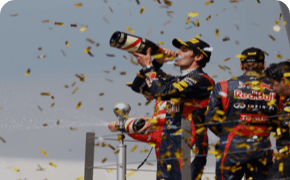














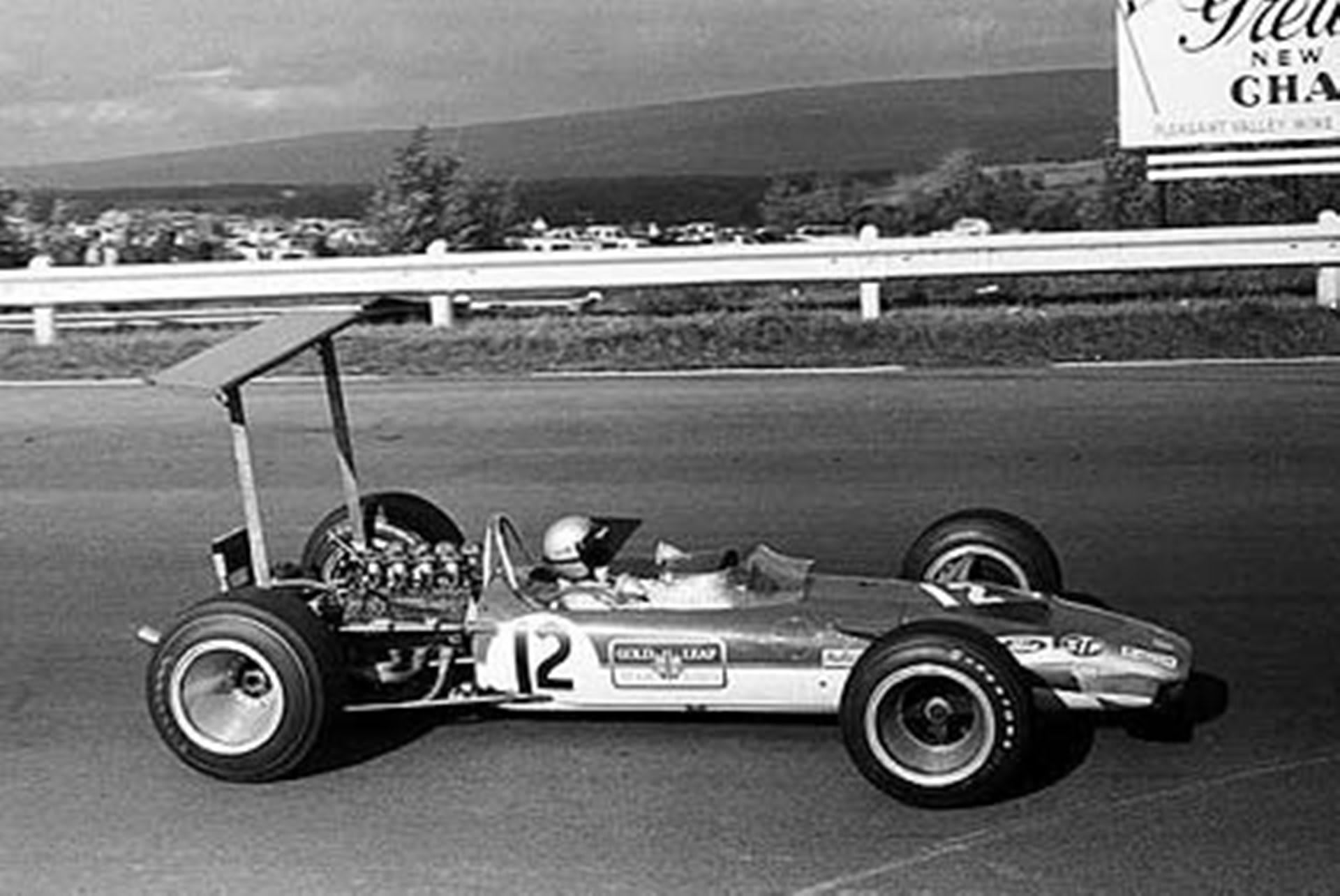
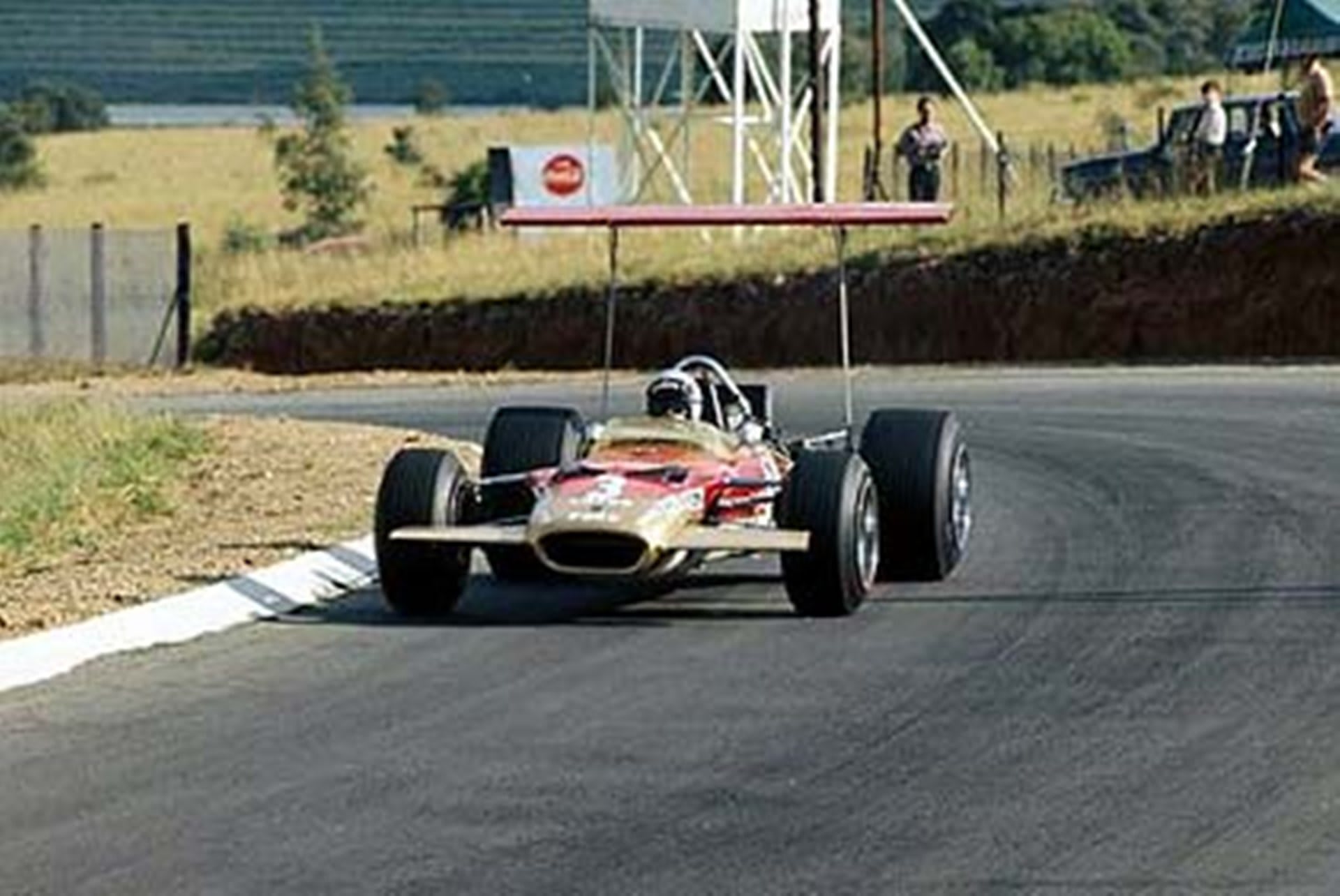
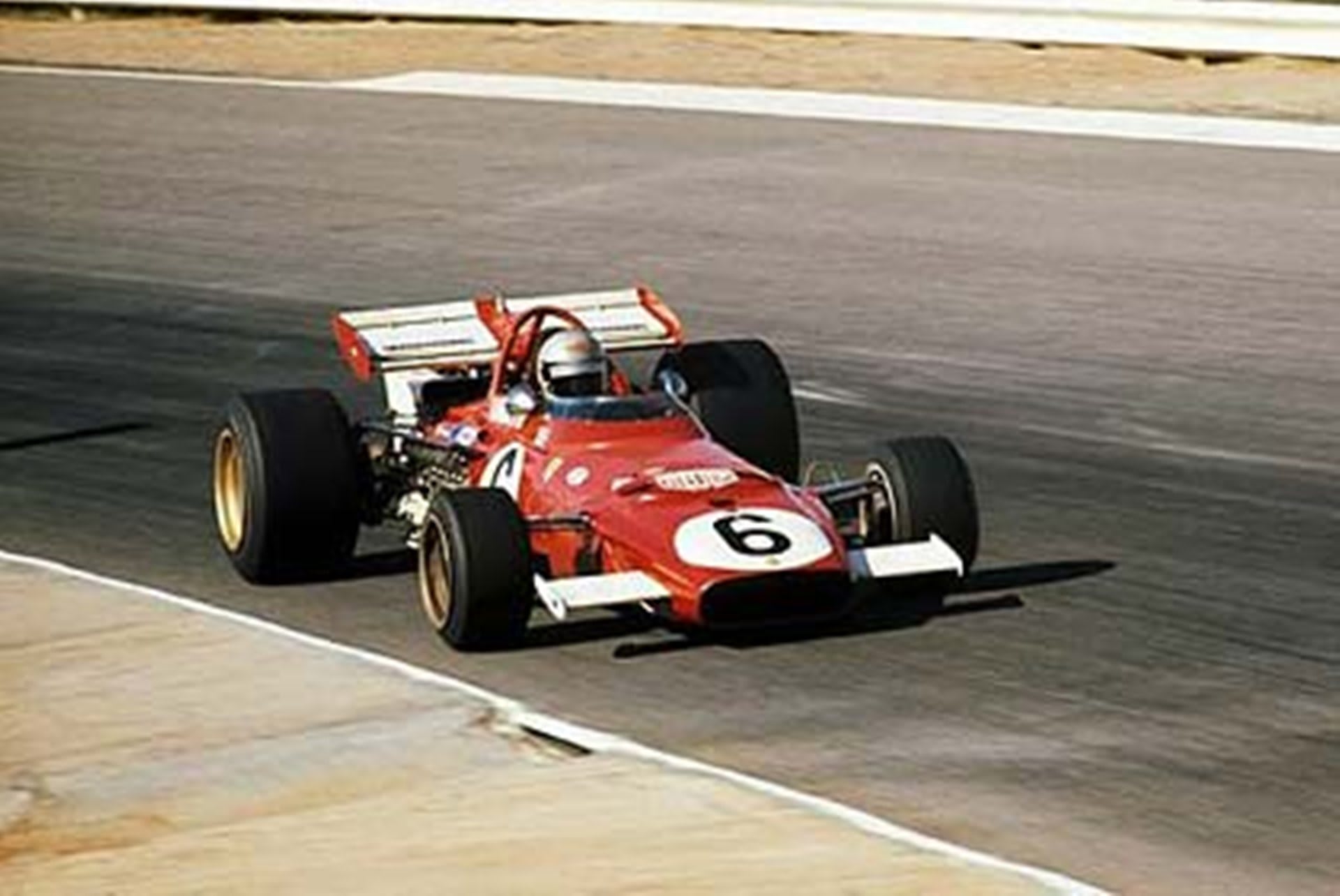
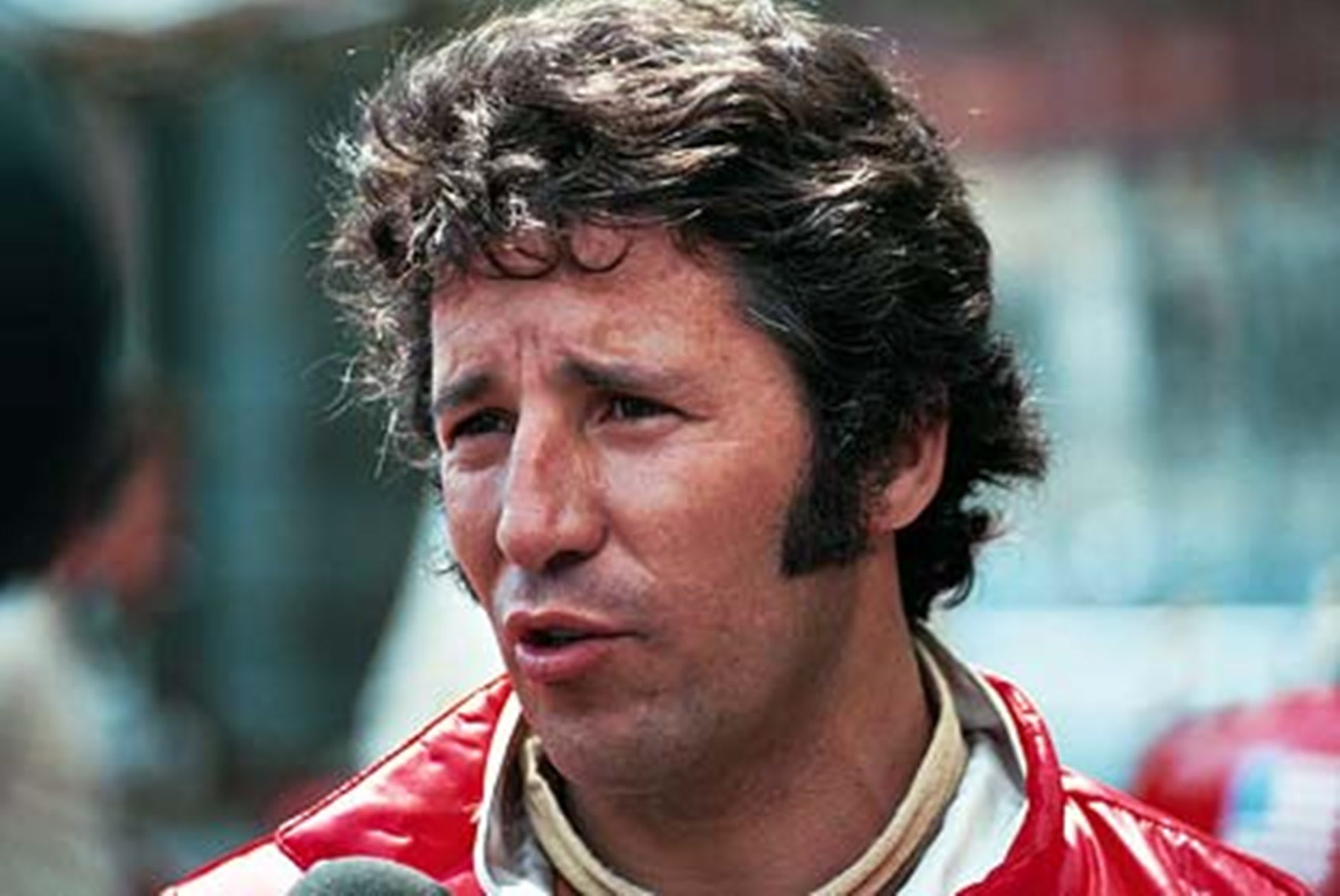
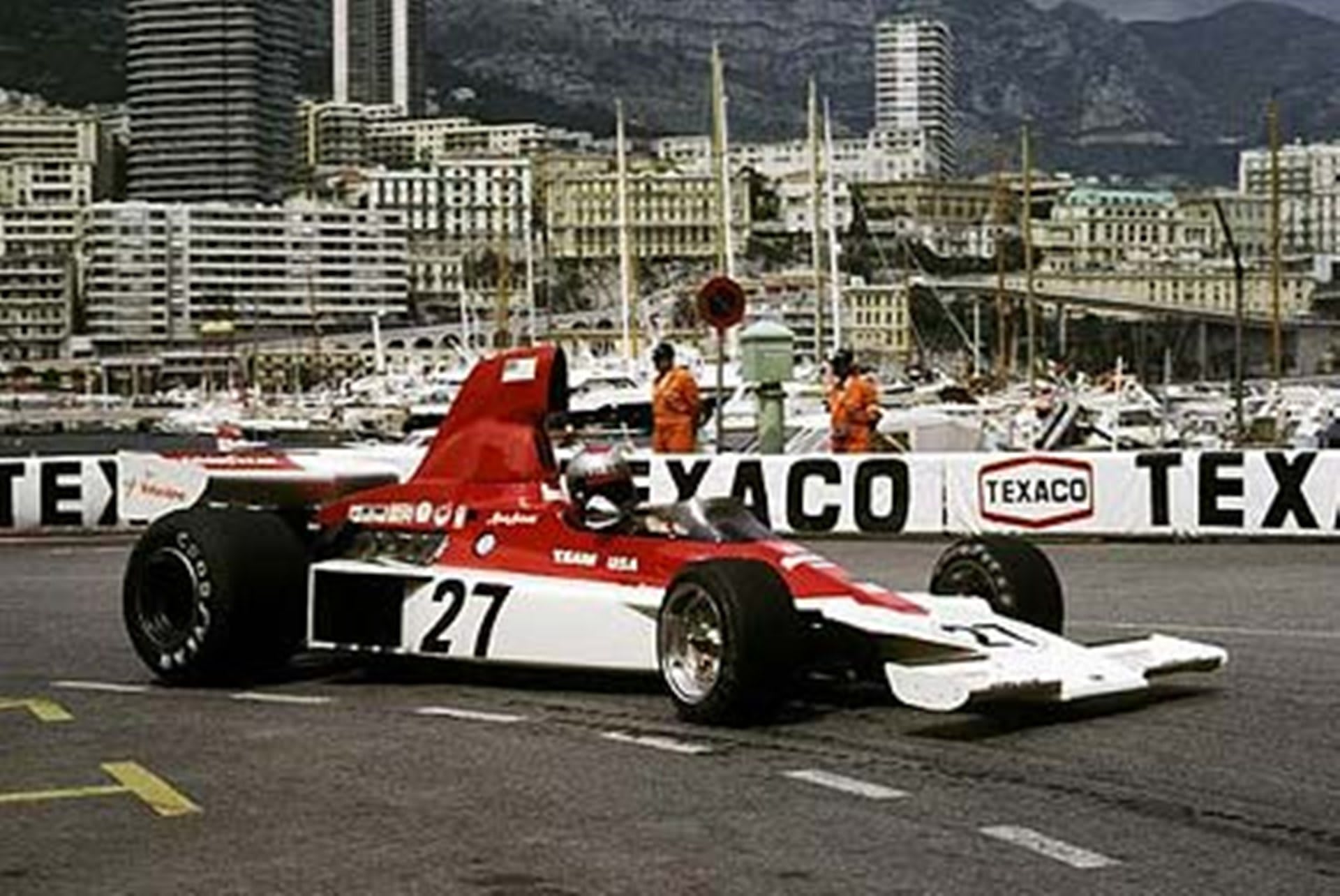
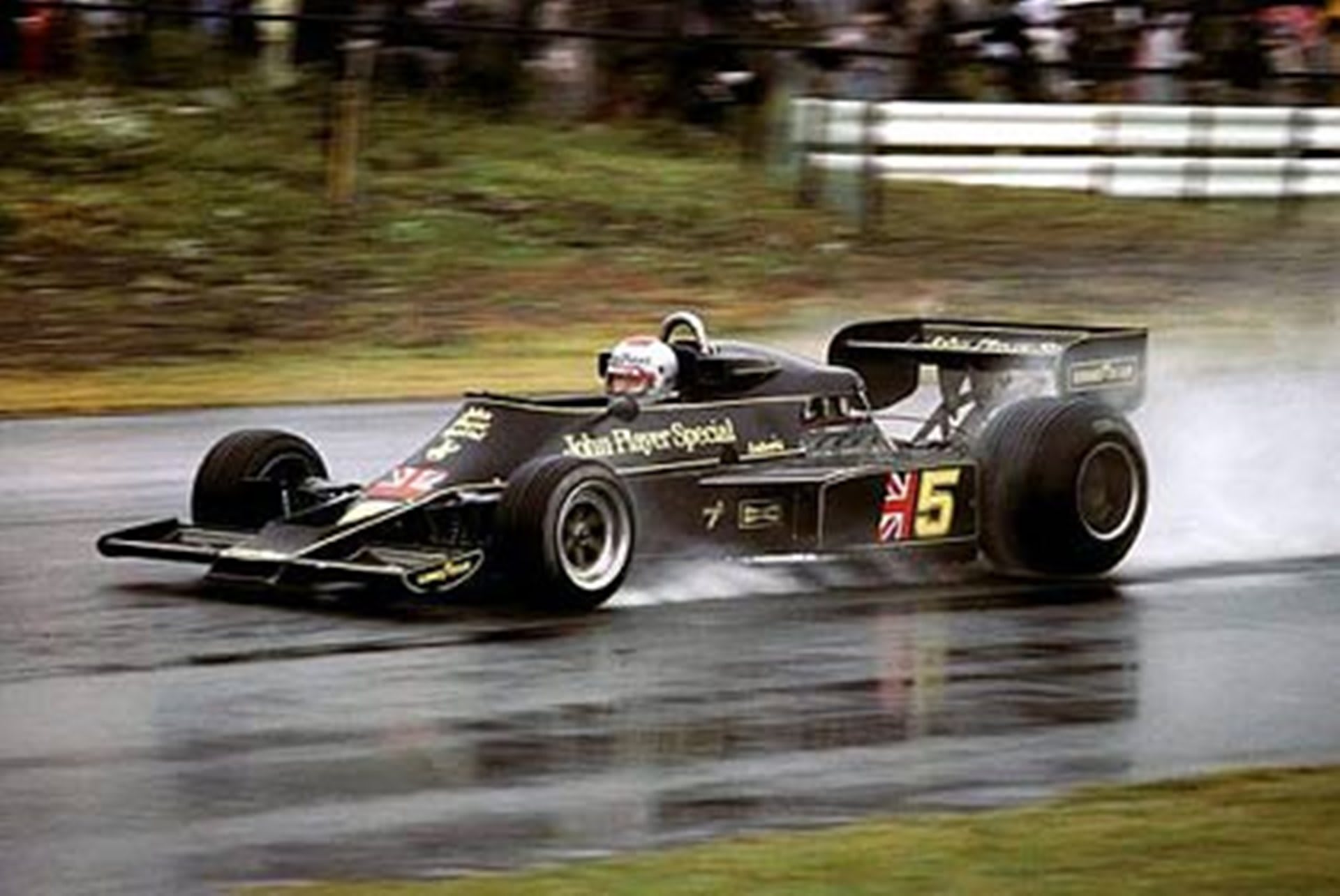
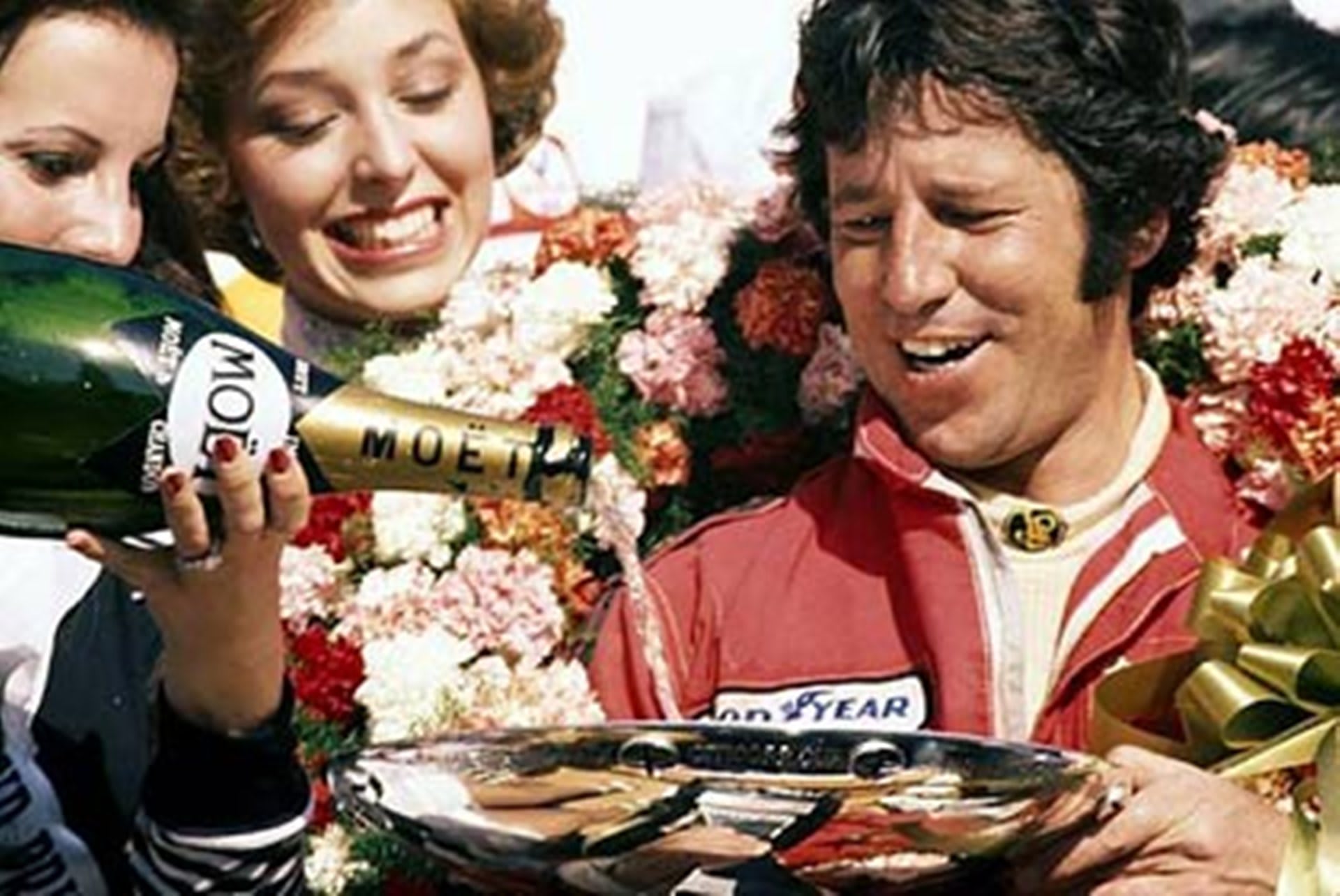

.jpg.img.640.medium.jpg/1547136192755.jpg)
